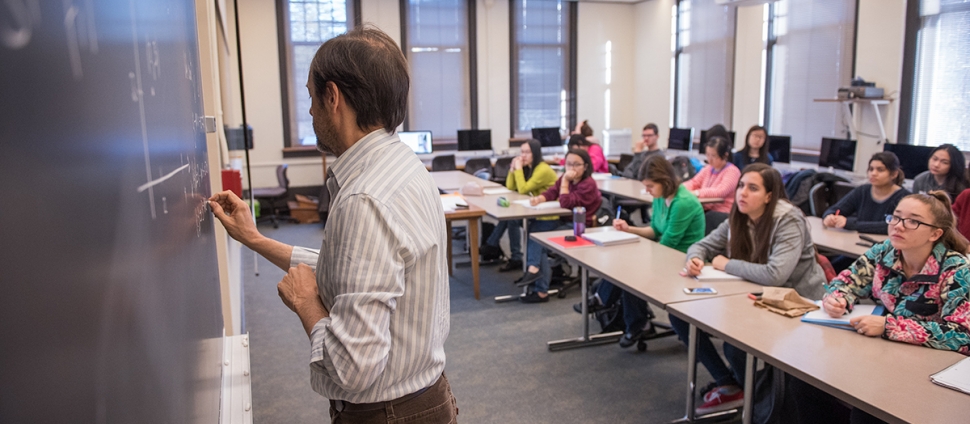Document Type
Article
Publication Date
3-17-2016
Publication Title
Discrete Mathematics and Theoretical Computer Science
Abstract
When nodes can repeatedly update their behavior (as in agent-based models from computational social science or repeated-game play settings) the problem of optimal network seeding becomes very complex. For a popular spreading-phenomena model of binary-behavior updating based on thresholds of adoption among neighbors, we consider several planning problems in the design of Sticky Interventions: when adoption decisions are reversible, the planner aims to find a Seed Set where temporary intervention leads to long-term behavior change. We prove that completely converting a network at minimum cost is Ω(ln(OP T ))-hard to approximate and that maximizing conversion subject to a budget is (1 − 1 )-hard to approximate. Optimization heuristics which rely on many objective e-function evaluations may still be practical, particularly in relatively-sparse networks: we prove that the long-term impact of a Seed Set can be evaluated in O(|E|2) operations. For a more descriptive model variant in which some neighbors may be more influential than others, we show that under integer edge weights from {0, 1, 2, ..., k} objective function evaluation requires only O(k|E|2) operations. These operation bounds are based on improvements we give for bounds on time-steps-to-convergence under discrete-time reversible-threshold updates in networks.
Keywords
Network seeding, Spreading phenomenon, Combinatorial optimization, Convergence
Volume
18
Issue
3
ISSN
dmtcs:1405
Rights
c 2016 by the author(s) Distributed under a Creative Commons Attribution 4.0 International License
Version
Author's Accepted Manuscript
Recommended Citation
Spencer, Gwen, "Sticky Seeding in Discrete-Time Reversible-Threshold Networks" (2016). Mathematics Sciences: Faculty Publications, Smith College, Northampton, MA.
https://scholarworks.smith.edu/mth_facpubs/26


